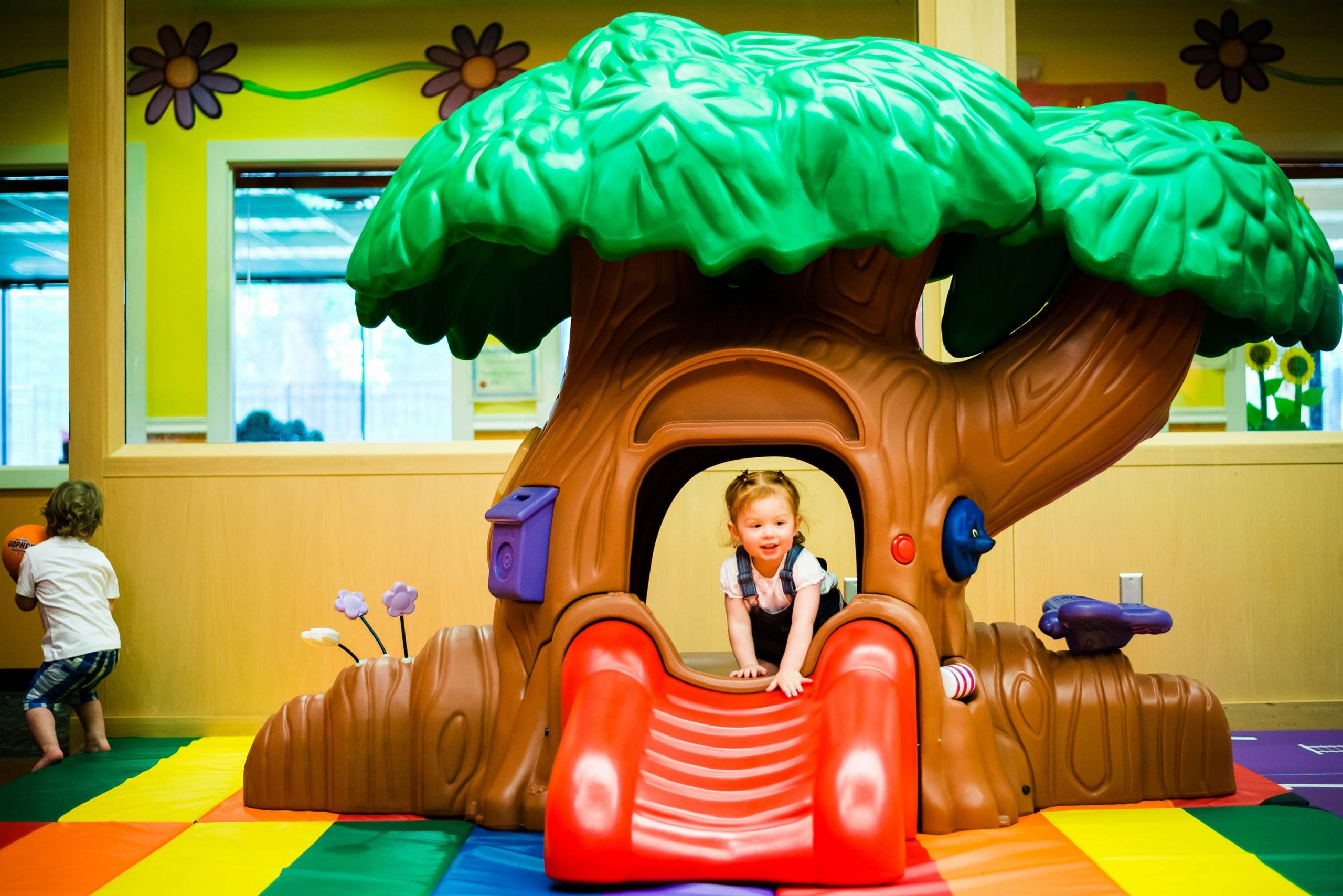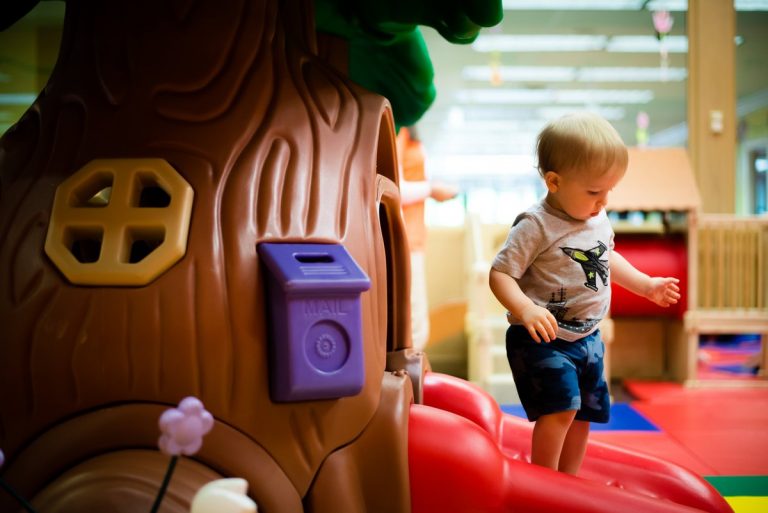Benefits of Daycare vs Staying Home: Which Is Best for Your Infant?

Choosing between daycare and staying home during your child’s earliest years is an emotional and complex decision. Many parents grapple with concerns around finances, bonding time, developmental outcomes, and cultural or family values. It’s common to feel pressure or even guilt, no matter which path you choose.
The good news? Both daycare and at-home care can support healthy infant development when designed with intention and nurture. This article explores the pros and cons of each option to help you make an informed decision that fits your family’s needs.
Understanding Early Childhood Development Milestones & Influences
The first three years of a child’s life are foundational. Up to 80% of a child’s brain develops before age three, making early experiences crucial for shaping cognitive, emotional, and social growth.
Caregivers—whether parents or providers—play a pivotal role during this window. Environments rich in language, consistency, touch, and emotional responsiveness help children develop trust, curiosity, and communication skills. Both daycare and home settings can nurture this growth when aligned with a child’s needs.
Early Socialization & Emotional Growth
Daycare introduces infants to early peer relationships through group play and guided interaction. Even for babies under 12 months, simply observing others promotes mimicry and emotional recognition. Structured daycare settings often help toddlers begin practicing turn-taking, sharing, and empathy.
That said, infants also need strong bonding with consistent caregivers to develop trust and emotional security, something both parents and attentive teachers can offer. These early emotional exchanges lay the foundation for resilience and healthy social development.
Programs that help children build healthy relationships and navigate early emotional lessons, like winning and losing, give infants and toddlers vital tools for communication and self-regulation.
Cognitive and Language Development
Daycare settings often provide structured learning through music, reading, and language-based play. These experiences not only support vocabulary and memory but also encourage sustained attention and group learning behaviors. In bilingual programs, early exposure to a second language can enhance problem-solving and cognitive flexibility.
At home, caregivers can nurture similar growth through conversation-rich routines and responsive interactions. What matters most is intentionality and consistency.
Research from Harvard’s Center on the Developing Child confirms that “serve and return” interaction, where adults respond attentively to a child’s cues, is fundamental to brain development. This is true whether children are in a group classroom or engaged one-on-one at home.
Exposure to foreign language environments can further enrich development. Children who begin learning Spanish in early childhood often demonstrate increased memory, attention control, and bilingual communication skills.
Daycare vs. Stay-At-Home Care
Each caregiving option offers a different set of benefits and challenges. Below is a breakdown of the core advantages and disadvantages parents often weigh.
Advantages of Daycare
Daycare offers a structured environment that supports social, emotional, and cognitive development, while also meeting the logistical needs of working parents.
Professional Supervision & Structured Curriculum: Many daycare providers follow thoughtful, research-driven curricula that align with developmental milestones. Certified teachers lead age-appropriate activities in language, art, music, math, and sensory play.
Social Interaction & Peer Play: Repeated exposure to peers encourages emotional awareness, communication, and cooperation. Through shared experiences and conflict resolution, young children develop core social-emotional skills often supported by play-based learning environments.
Reliable Routines for Working Families: Daycare centers typically offer stable daily schedules, which benefit infants’ learning routines and provide working parents with dependable structure.
Disadvantages of Daycare
While daycare settings offer valuable developmental opportunities, they may also come with logistical and emotional costs for some families.
- Cost Considerations: Infant care—due to lower child-to-caregiver ratios—tends to be among the most expensive forms of daycare. Understanding how daycare costs typically break down can help families better plan and compare against staying home.
- Higher Illness Risk: Shared spaces inevitably increase exposure to germs, and many infants experience an initial wave of illness as their immune systems adapt to group settings.
- Less Individualized Attention: While high-quality centers aim for strong caregiver connections, daycare ratios make one-on-one interactions more limited compared to family care.
Advantages of Staying Home with Your Infant
Providing care at home creates a personalized setting that allows for focused bonding, flexible routines, and highly individualized care.
One-on-One Attention: Care from a parent or guardian can be deeply attuned to a child’s schedule, temperament, and interests. Infants benefit from frequent eye contact, body language, and personalized emotional responses that form the basis of secure attachment.
Controlled Environment: At home, parents can limit exposure to illness and create sensory or learning activities tailored to their child’s cues. A quiet afternoon walk or a favorite lullaby can be just as enriching as a formal lesson plan.
Flexible Financial Paths: Staying home may eliminate childcare costs, but it may also reduce household income. For many families, this creates a tradeoff. Some relieve the gap with freelance work, remote jobs, or part-time solutions.
Disadvantages of Staying Home with Your Infant
While staying home provides deep emotional intimacy, it may limit opportunities for financial contribution and peer socialization.
Limited Peer Exposure: Infants and toddlers at home may miss the interpersonal opportunities available in group care. Parents can help bridge the gap with storytimes, playgroups, or enrichment classes.
Caregiver Fatigue: Full-time caregiving can become isolating or emotionally draining, particularly without breaks, outside help, or community support.
Impact on Finances and Career: Stepping away from work can affect retirement contributions, healthcare access, and long-term career development. It’s important to factor in both immediate and future financial implications.
Daycare vs. Stay-At-Home Child Development: Key Research Findings
If you’re wondering how daycare or at-home care could affect long-term development, research reveals that caregiver quality, more than location, makes the biggest difference.
Social and Emotional Development and Growth
A longitudinal study by the NICHD reports that: “Children in higher quality non-maternal childcare had somewhat better language and cognitive development during the first 4½ years of life. They were also somewhat more cooperative…”
It also notes that children in higher quantities of childcare—regardless of quality—were: “…somewhat more likely to display behavior problems in childcare and in kindergarten classrooms.”
The takeaway? Children thrive in environments with responsive, nurturing adults and quality engagement—whether at home or in a center.
Academic and Cognitive Outcomes
Kindergarten readiness and long-term school performance can be strongly supported during early childhood. The focus should be on engaging, verbal-rich environments that spark curiosity and attention.
According to The Opportunity Institute: “Children who participate in high-quality early learning opportunities are more likely to enter kindergarten ready to learn, build strong early reading and math skills, and require fewer special education services.”
These outcomes are further enhanced when caregivers, at home or in preschool settings, emphasize kindergarten readiness through play, routine, and emotional growth.
Parental involvement remains key: consistent reading, open-ended conversation, and responsive play can have just as much impact on cognitive development as any curriculum.
Factors to Consider When Choosing Daycare vs. Staying at Home
Making a childcare decision should reflect both your short-term needs and your long-term goals. Use this checklist framework to explore which option offers the right balance:
Family budget and work schedules: Consider daycare tuition, lost income if one parent stays home, and long-term career implications. Some families find balance through hybrid options like part-time care, nanny shares, or alternating caregiving duties. Evaluate what’s sustainable not just month-to-month but over the next few years.
Child’s personality and needs: Some infants thrive in social, stimulating environments with lots of people, while others may be more sensitive and need a quieter, flexible routine. Consider how your child responds to new people, sounds, transitions, and activities when assessing care models.
Quality of programs: Whether you choose daycare or stay home, the consistency, responsiveness, and developmental focus of the caregiver matters most. Look into caregiver qualifications, adult-to-child ratios, daily routines, and safety protocols. This guide on how to choose a daycare can help you assess what to look for in early education settings.
Choosing With Confidence
Whether your child is learning through structured peer-based exploration or bonding closely with a caregiver at home, both settings offer the potential for healthy development, if built on consistency, trust, and engagement.
Understanding research on how infants grow and thrive across caregiving environments and reflecting on your own family’s needs can help guide your decision.
If you’re exploring care options and want to learn more, you can find a Casa location near you or take a closer look at infant and toddler programs that foster positive environments for growth, learning, and connection. Feel free to schedule a tour and ask questions about daily routines, curriculum, and caregiver philosophy.



